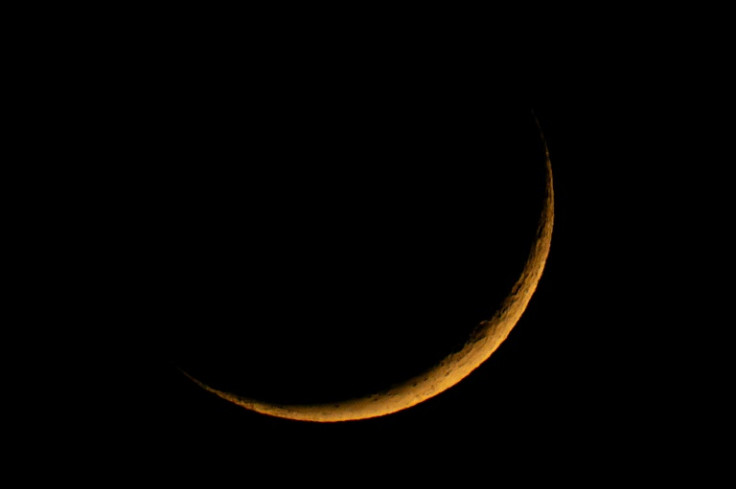Private US Spaceship Poised To Launch For The Moon
An American spaceship attempting a lunar landing will aim to launch early Thursday, the second private-led effort this year after the first ended in failure.

An American spaceship attempting a lunar landing will aim to launch early Thursday, the second private-led effort this year after the first ended in failure.
Intuitive Machines, the Houston company leading mission "IM-1," hopes to become the first non-government entity to achieve a soft touchdown on the Moon and land the first US robot on the surface since the Apollo missions more than five decades ago.
Its hexagonal-shaped Nova-C lander named "Odysseus" is set to blast off on top of a SpaceX Falcon 9 rocket from the Kennedy Space Center in Florida at 01:05 am Thursday local time (0605 GMT).
IM-1 was supposed to blast off on Wednesday, but the launch was postponed after SpaceX discovered abnormal temperatures as it attempted to fuel up the lander.
The lander has a new type of supercooled liquid methane and oxygen engine giving it the power to reach its destination quickly, avoiding prolonged exposure to a region of high radiation surrounding the Earth known as the Van Allen belt.
Intuitive Machine's Trent Martin told reporters this week that the "opportunity to return the United States to the Moon for the first time since 1972 is a feat of engineering that demands a hunger to explore."
Despite the postponement, the craft is still due to reach its landing site Malapert A on February 22, an impact crater 300 kilometers (180 miles) from the south pole.
NASA hopes to eventually build a long-term presence and harvest ice there for both drinking water and rocket fuel under Artemis, its flagship Moon-to-Mars program.
NASA paid Intuitive Machines $118 million to ship science hardware to better understand and mitigate environmental risks for astronauts, the first of whom are scheduled to land no sooner than 2026.
There is more colorful cargo aboard as well, including a digital archive of human knowledge and 125 mini-sculptures of the Moon by the artist Jeff Koons.
After touchdown, the payloads are expected to run for roughly seven days before lunar night sets in on the south pole, rendering Odysseus inoperable.
IM-1 is the second mission under a NASA initiative called Commercial Lunar Payload Services (CLPS), which the space agency created to delegate trucking services to the private sector to achieve savings and to stimulate a wider lunar economy.
The first, by Pittsburgh-based Astrobotic, launched in January, but its Peregrine spacecraft experienced an engine anomaly that caused a fuel leak and was eventually brought back to burn up in Earth's atmosphere.
Soft landing a robot on the Moon is challenging because it has to navigate treacherous terrain amid a lag of several seconds in communications with Earth, and use its thrusters for a controlled descent in the absence of an atmosphere that would support parachutes.
Apart from Astrobotic's failed attempt, two other private initiatives got close: Beresheet, operated by an Israeli nonprofit, crash-landed in 2019, while Japanese company ispace also had a "hard landing" last year.
© Copyright AFP 2025. All rights reserved.





















